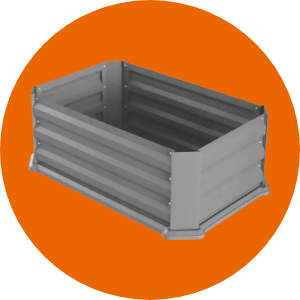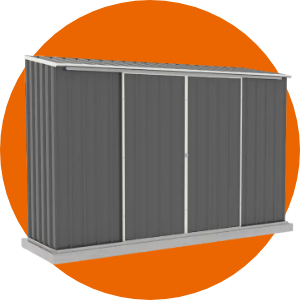- 13 October 2020
DIY interior painting
WITH THE RIGHT PREPARATION AND ATTENTION TO DETAIL, YOU CAN HAVE AN INTERIOR FINISH THAT WILL CONTINUE TO LOOK GREAT YEAR AFTER YEAR.
Be prepared
Home Timber and Hardware’s range of painting tools and products make DIY interior painting a breeze. To help you do a proper job, print out this project and refer to it throughout the painting process. With proper preparation and attention to detail, you can have an interior finish that will continue to look great year after year.
THIS COMBINATION
Preparation
- When selecting paint colours, it is a good idea to utilise sample pots and paint rough 300 x 300mm squares on the desired wall. Colours often look different in larger areas and different lights.
- Clear the room and cover the floor with dropsheets (pic. 1). Next, look for cracks and holes in the plaster walls and ceiling. Repair these by slightly overfilling with plaster crack filler (pic.2), allowing to dry, then sanding back flush with the wall.
- Check all the woodwork, window frames, architraves and skirting boards for splits and nicks. Repair cracks with wood filler before sanding back.
- Sand back any peeling or flaking paint, or use a paint stripper or heatgun to remove heavy flaking. Use a sanding sponge for getting into nooks and crannies.
- Give all the walls a light rub down with grade 160 or 180 grit sandpaper. This creates a slightly rougher surface texture that helps the paint adhere to.
- Once everything is sanded, brush and wipe the walls down with a damp cloth and give the room a good vacuum. Ensure that surfaces are free from any dirt, dust or grease, by washing down with sugar soap.
- Remove the covers from the light switches and powerpoints. Ensure the wall is completely dry from washing before applying your Primer Sealer Undercoat to all the surfaces.


PAINTING STEPS
STEP 1
Apply a quality painter’s tape along the edges where you don’t want any paint. Mix your paint thoroughly, then using a tapered edge brush, start the “cutting in” process, painting along the edges of the walls, ceiling, skirting boards and architraves (pic. 3).


STEP 2
Using a high quality roller cover appropriate to your paint finish, apply a generous and even amount of paint on it. With steady strokes, apply your paint working one square metre at a time. Roll the paint onto the surface using a close zig-zag motion. Re-roll the area with parallel strokes to even the paint out, finishing off in a vertical motion (pic. 4). Begin the next area of the wall a metre down, overlapping the wet edge of the previously completed area. Continue these steps working a square metre at a time until the surface is complete.


STEP 3
When painting the trim or woodwork apply paint quickly in an even manner over a small section, laying off lightly into freshly painted sections (pic. 5).




STEP 4
For colour consistency and durability you’ll need two coats. Make sure you allow sufficient drying time before applying the final coat. Repeat steps 1 to 3.
Choosing a finish
- Gloss and Semi- Gloss - reflect light and are mostly used on doors, trims and cupboards.
- Low Sheen - easy to clean and hides surface imperfections better than glossier finishes. Ideal for hallways, lounges, bedrooms and dining rooms.
- Flat paints - best at hiding surface imperfections, but are difficult to clean.
- When painting kitchens, bathrooms and laundries select a paint that has been specifically formulated for these wet areas




Cleaning up your brushes
Wash the brush under a stream of water, then work the brush into the bottom of a bucket of clean water. Keep changing the water and repeating the process until the last of the paint is gone. Wash the brush in warm, soapy water before rinsing. Shake the brush out, straighten the bristles and leave to dry.






















